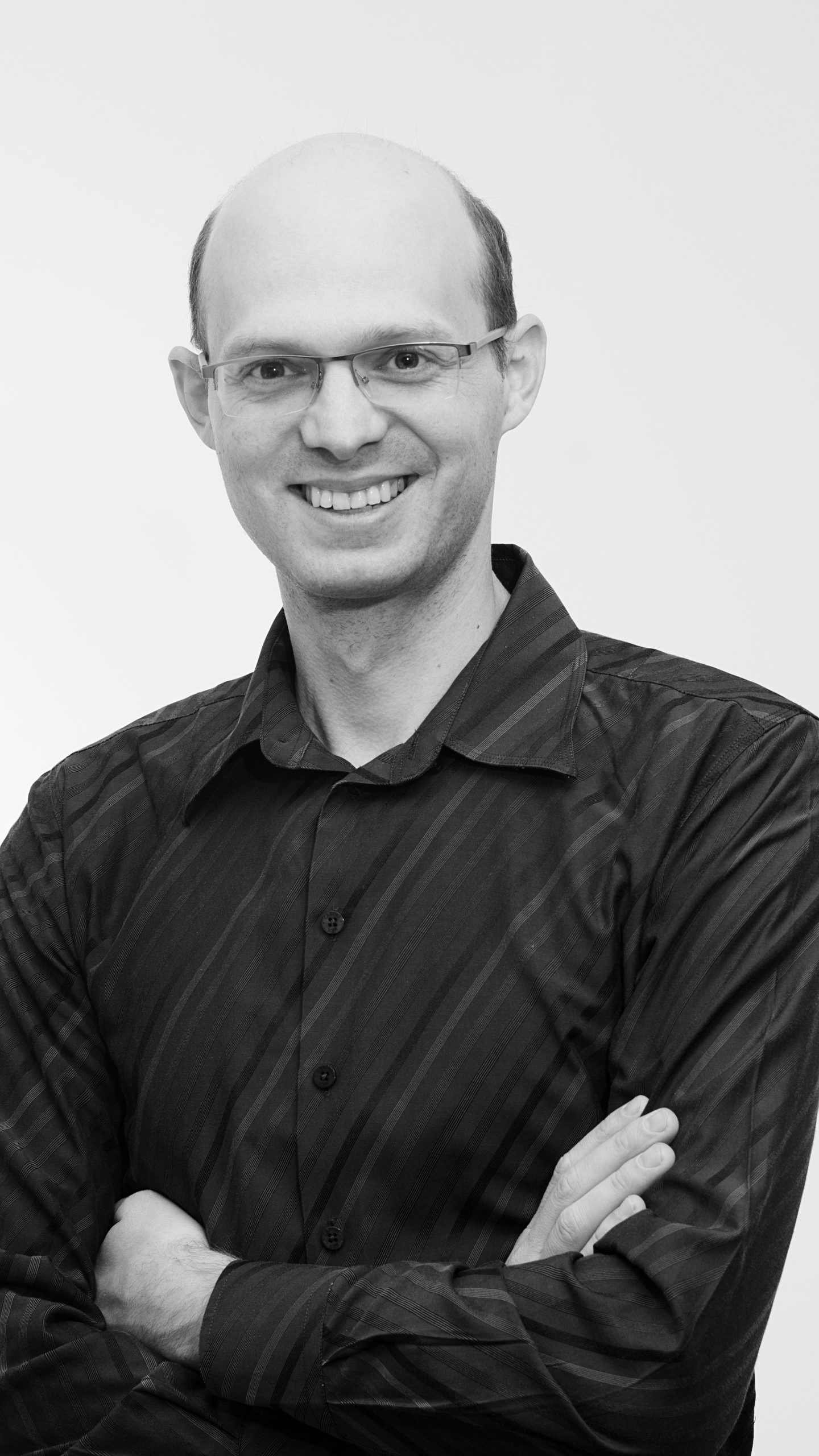We ‘deep dive’ with Aron Brand, CTO, CTERA, who tells us about life inside and outside the office.

What would you describe as your most memorable achievement in the data centre industry?
Perhaps my most memorable achievement has been receiving my first patent on the concept of Edge-to-cloud storage. The patent describes a device for integrating a local network and a cloud storage system. The architecture of my invention encompasses a new kind of storage system that delegates the bulk of the storage with its associated maintenance tasks to the cloud while leaving a small device at the Edge locations, which takes the role of a cloud gateway.
Back in 2008 when I filed this patent, the Edge-to-cloud concept was quite novel and ground-breaking. The market was not ready and, at CTERA, we were hard-pressed to find enterprise companies willing to utilise cloud storage for their primary data. Today things have changed beyond recognition, with Edge-to-cloud becoming almost the norm in storage architectures and giants, such as HPE and Dell, racing to dominate this Edge-to-cloud transformation.
What first made you think of a career in technology/data centres?
When I was seven, my parents bought a computer for their business, the original IBM PC 5150, with 128K RAM. It was the first in our neighbourhood and together with a loud daisy-wheel printer, the computer cost my family as much as a new car. I remember people coming to our house to witness this futuristic marvel. The hefty, solid-metal IBM was not much of a gaming machine, with its monochrome, text-only interface. But as it turned out, the phosphorus green glow of the tiny, 14-inch CRT had a magical appeal, inspiring me to explore. I toiled to figure out the BASIC manual that came with the machine and succeeded in creating my first computer programmes. I was hooked. Since then, I was always tinkering with computers.
What style of management philosophy do you employ with your current position?
You may think of a chief technology officer as somebody who views the technology from 10,000ft working on the long-term vision of the company and high-level architecture, and you’re probably right. But at least for me, the CTO role is more about the details. It’s about being in the trenches, day in and day out, helping the teams – product management, engineering, marketing – in solving problems while helping them to understand what they are doing and why they are doing it and keeping the departments aligned with each other. It’s about driving the product forward in small incremental steps while keeping it on a steady course toward the long-term vision of the company.
The key to being a successful manager in a software company, in my mind, is not being the smartest person in the room but creating a community where employees feel valued, feel effective and feel that they understand the goals of the company.
What do you think is the current hot talking point within the data centre space?
In recent weeks, Ukraine has been hit with numerous cyberattacks targeting primary data centres within its government and banking system, leading to a fear of a global cyberwar. Just a few months ago, Log4shell hit the world with a perfect storm, leaving us with more questions than answers: How has such a fundamental, easy to exploit backdoor managed to remain in a popular open-source library, affecting hundreds of millions of devices without being detected since 2013?
The hottest concern today within the data centre industry is that many similar zero-day exploits still lurk in the shadows, kept in the secret arsenals of intelligence agencies and cybercrime actors. Some of these backdoors are not only known to but purposefully planted by malicious actors, in some of the most frequently used software components – a ticking time bomb in the very heart of some of our most critical infrastructures.
How do you deal with stress and unwind outside the office?
Outside of the tech world, I often enjoy my second passion, photography. Interestingly, I think that my approach to software development is connected to the very same sense of aesthetics and balance that I employ while composing a photograph. In photography, there’s this notion of ‘the decisive moment’ or ‘the moment’ – the moment that you press the shutter button; when the exposure happens when the subject is framed correctly, when all the elements come together. To me, it seems that in software development, there’s also a ‘decisive moment’ – the moment when all the pieces click together, the moment you feel that a certain elegance has formed and everything fits just right.
What do you currently identify as the major areas of investment in your industry?
Besides the obvious trends toward security and cost efficiency, there is one emerging area which I think will become much more prominent in the following years. With environmental awareness growing globally, sustainability is becoming a major element of investment in the IT industry. We are seeing IT teams put in place sustainability programmes with the goal of decreasing energy consumption, minimising electronic waste and reaching carbon neutrality. Migrating to the cloud is one of the simplest ways to achieve this, as cloud providers that have been investing in clean energy are benefiting from economies of scale and are able to pool resources to reduce waste. I expect to see more products and services that help companies to measure and optimise the carbon footprint of their IT infrastructure.



